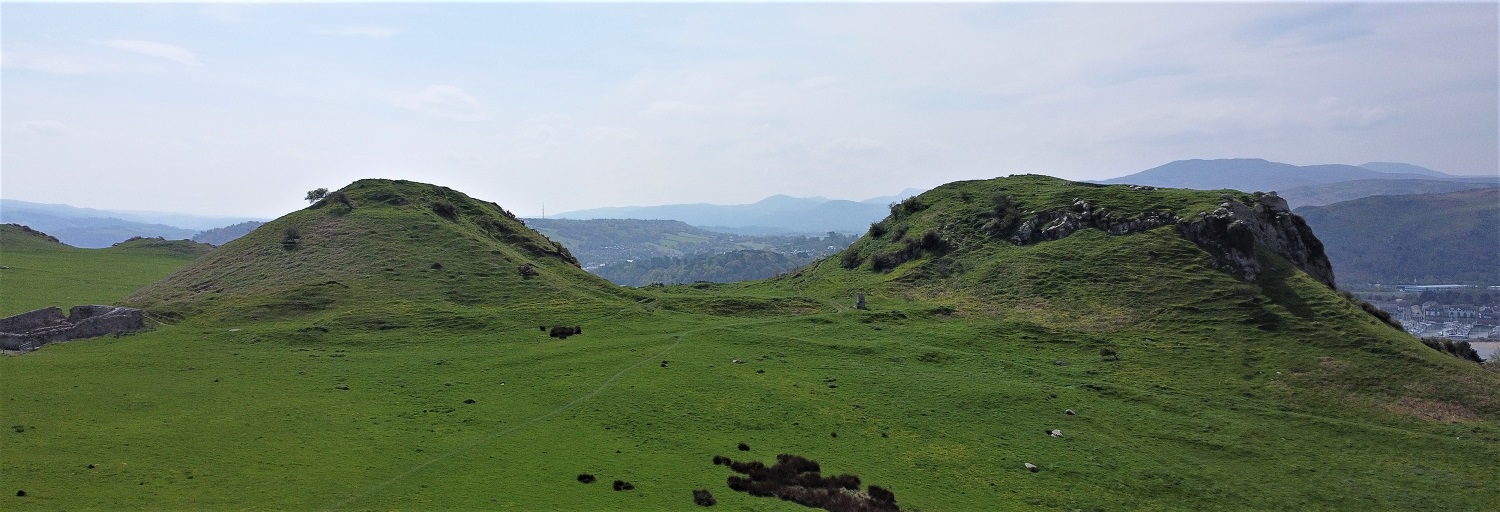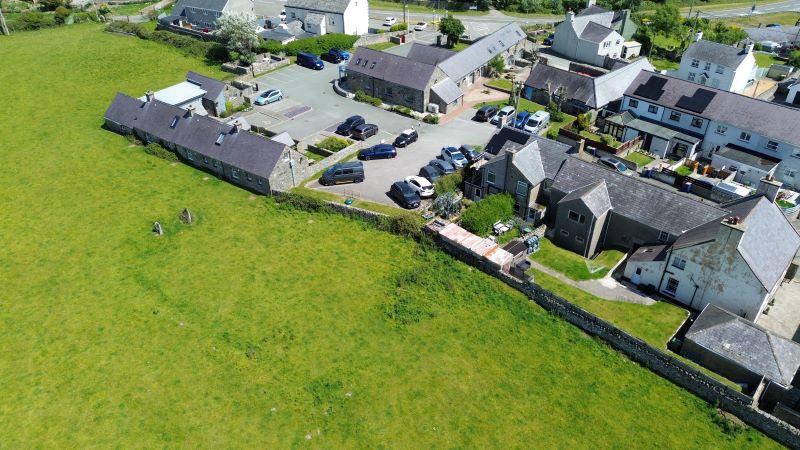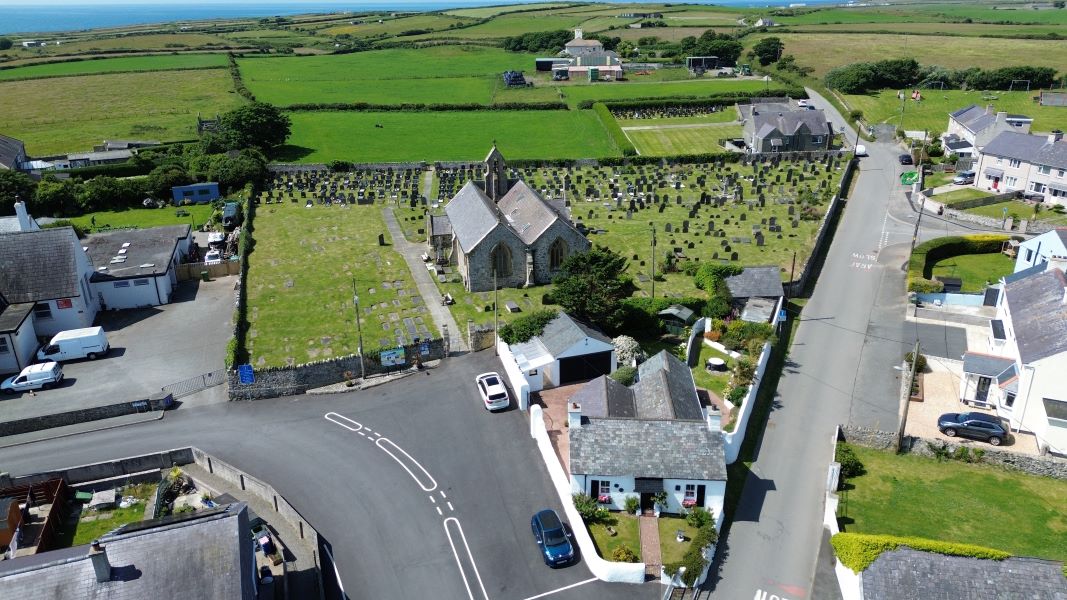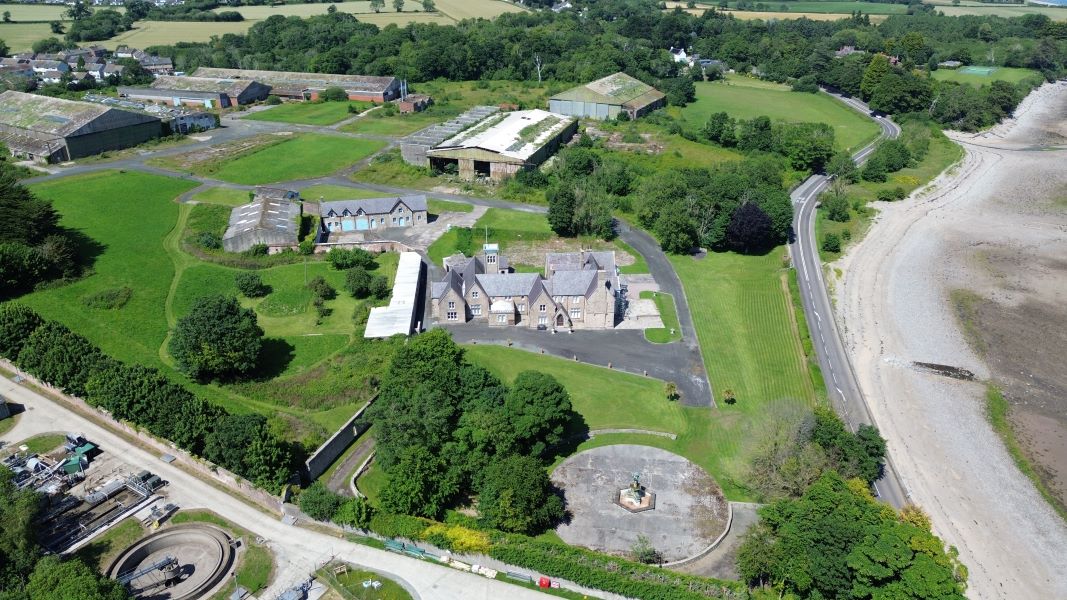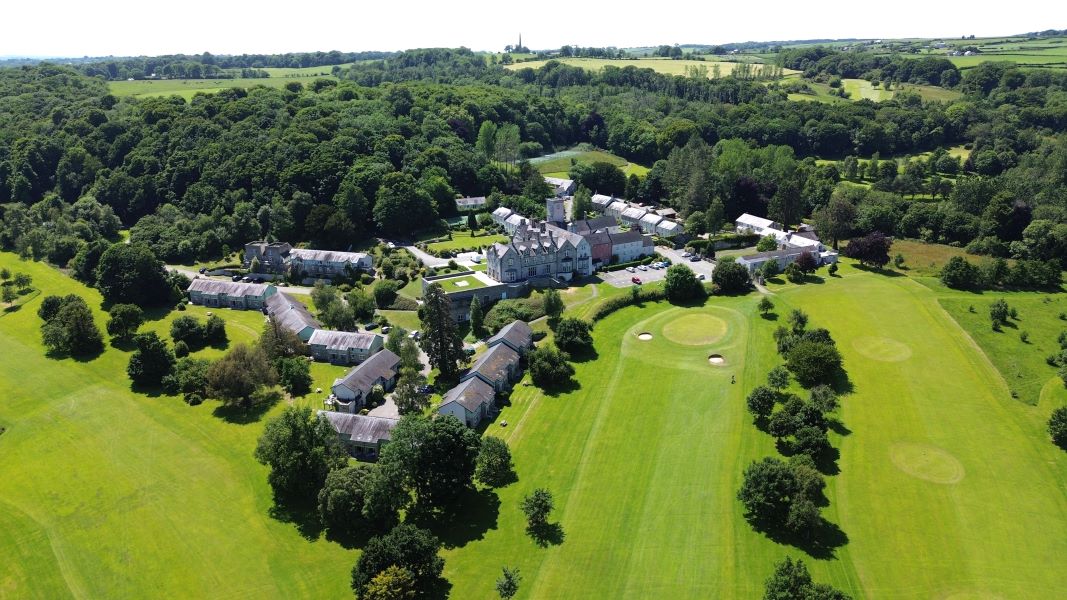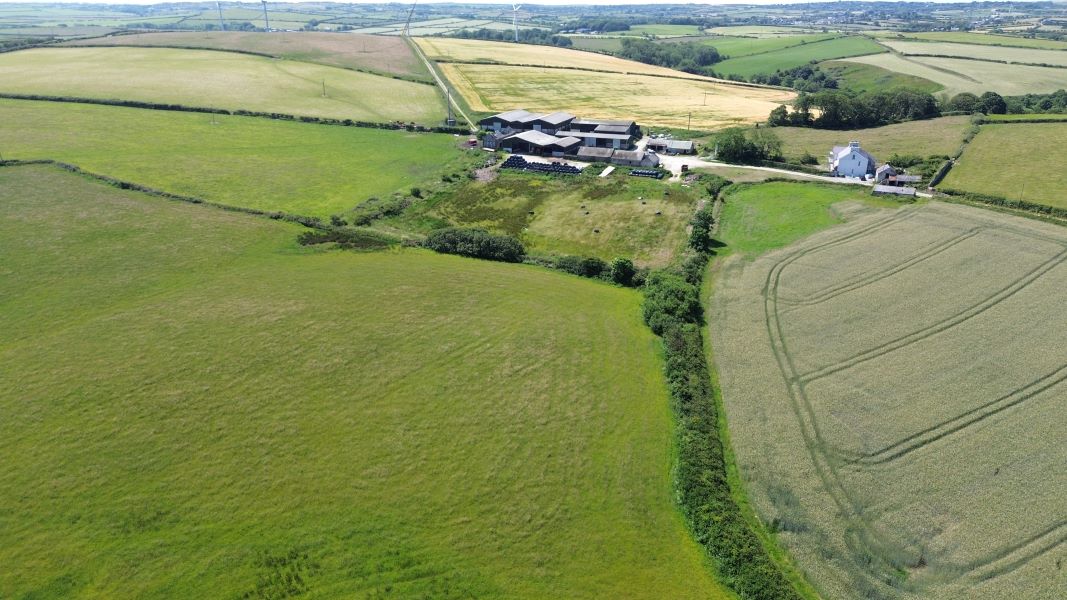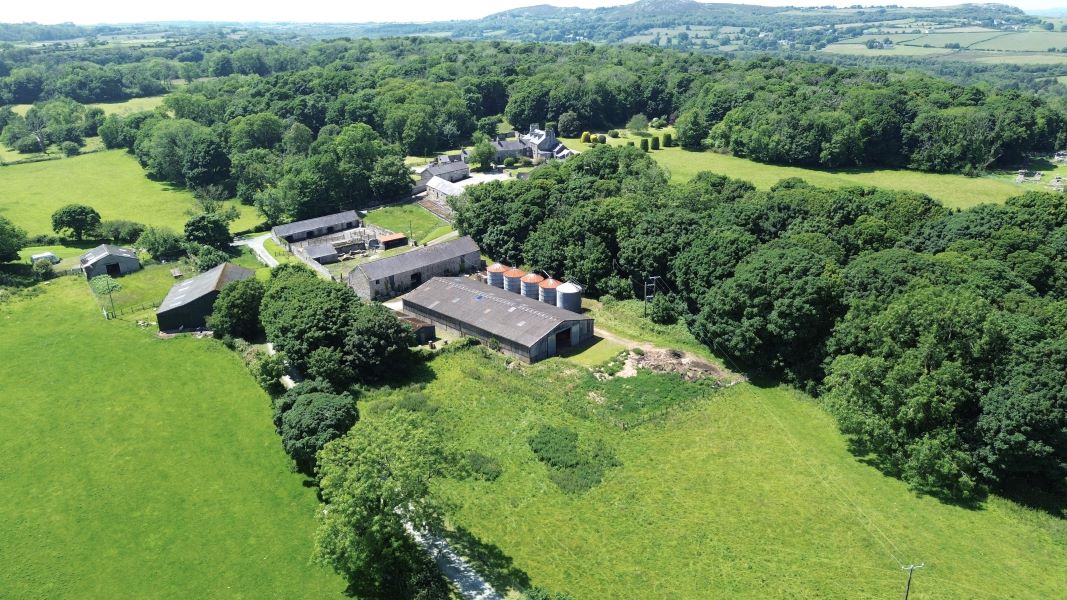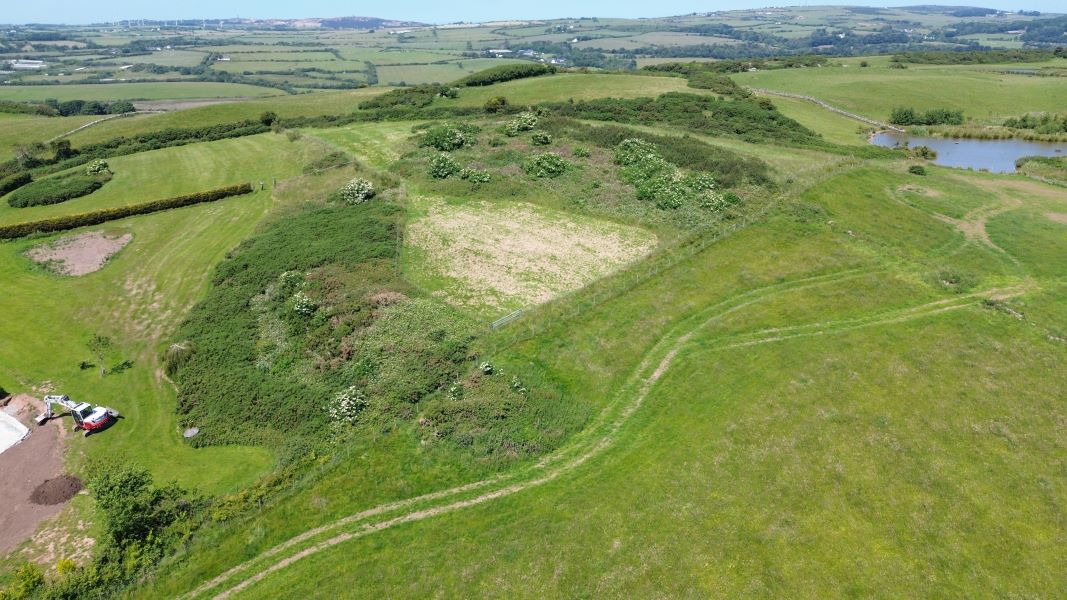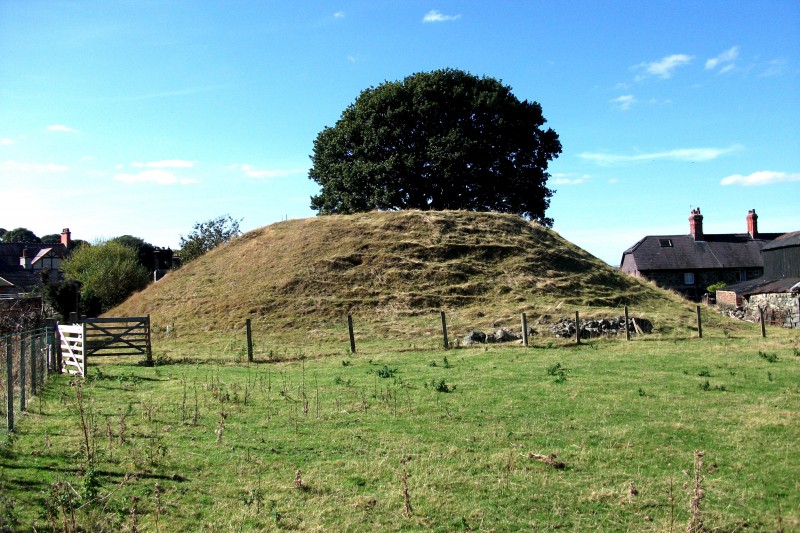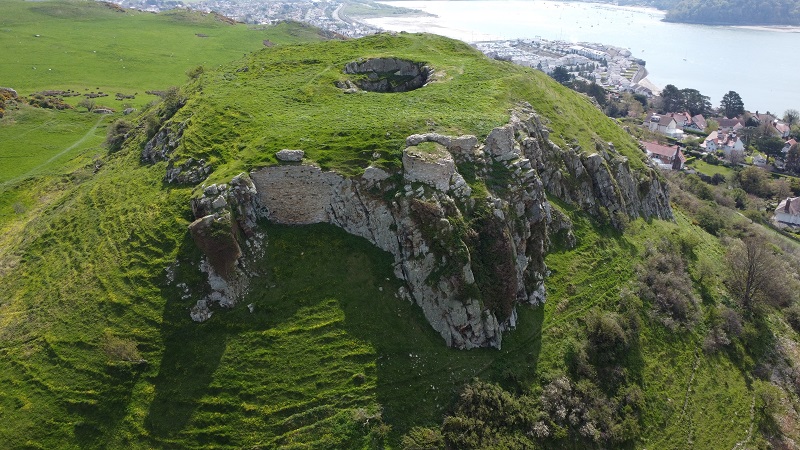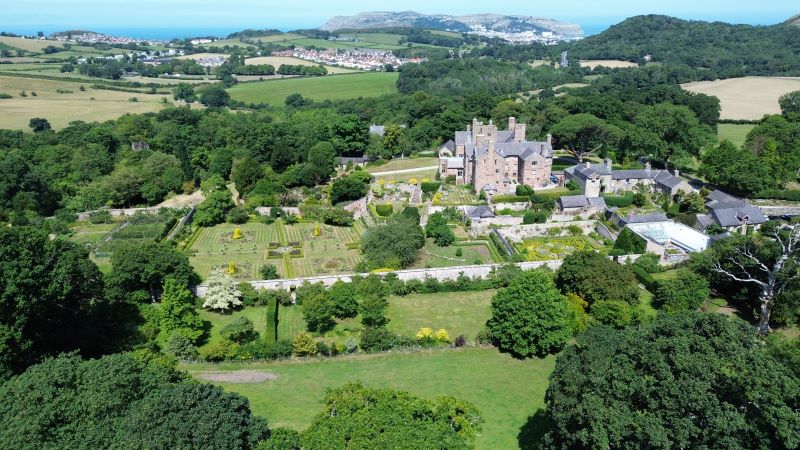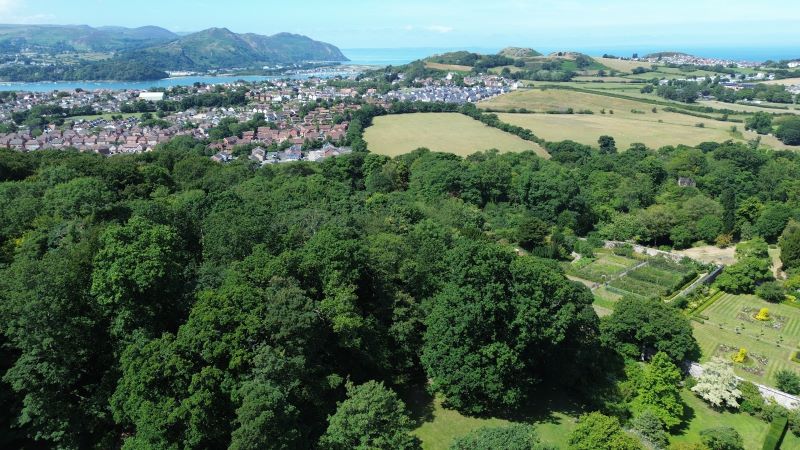The Royal Courts of the Kingdom of Gwynedd
The early Kings of Gwynedd would normally have a main preferred palace, while the heart of the kingdom of Gwynedd would always remain at Aberffraw through the ages; the location dating back to the Roman period, where the dynasty had all began.
The Royal Court of Gwynedd was continually moving from one centre to another, its journey known as a circuit, with each commode having its own Royal Court or Maerdref. This was the main centre of administration that controlled its own regional issues, such as tax collection and justice.
Nowadays, most sites of the Royal Courts of Gwynedd are virtually unknown, lost in time, either covered by fields or built upon by later farmsteads or villages after the conquest of King Edward I.
Below is a list of all the known Royal Courts in the area
I have included an O/S number on all historical sites to enable everyone to locate using an O/S map
Anglesey
Cae Llys Rhosyr – Royal Court – Maerdref of Menai (site discovered in 1992) – Newborough SH430651
Caer Gybi – early Royal Court – (situated on the site of the Roman Fort) – Holyhead SH247827
Llys Aberffraw – the main Royal Court, the Royal Seat of the Kingdom of Gwynedd
Comotte of Malltraeth (unknown location) – Aberffraw SH35386902
The village/hamlet would have been constrained near the location of the church and the Llys complex. The rapid growth of the village now overlies the probable location of the Llys. The west of the village is now built over by the housing estate Maes Llywelyn
Llys Llanfaes – Royal Court – Maerdref / Commote of Dindaethwy
(location unknown, 2 possible sites are suggested)
– Llanfaes Friary – The site of the Franciscan Friary may have stood on the edge of the town – Llanfaes SH60897750
– Henllys Hall – the name Henllys may refer to the original centre of the manor – Llanfaes SH60077763
Cemaes (Cemais) – Royal Court – Maerdref / Commote of Talybolion
(located in the vicinity of Llanbadraig: 3 possible sites are suggested)
– Gadlys – located east of the village originally part of Neuadd farm (now a hotel) and may be relevant to the location of the Llys – Llanbadrig SH37789380
– Castellior – Castell yr Ior (Cae Iorweth) possible motte site (in 1948 the remains of a wall 3ft wide were noted in construction trenches) – Llanbadrig SH37589358
– Cemaes Mawr – possible site at Cemaes Fawr Farm – Llanbadrig SH37739335
Llys Penrhos (Penrhoslligwy) – Royal Court – Maerdref / Commote of Twrcelyn
(location unknown, 2 possible sites are suggested)
– Plas Lligwy – a large estate manor house near Din Lligwy – Moelfre SH49748600
– Y Gadlys (Capel Halen) – Hen Gapel Elan is believed to be the chapel of the court complex – Moelfre SH48328729
Gwynedd
Llys Caer Segont – early main Royal Court – Maerdref of Cantref Arfon
(early court based at Segontium, and later at the site of Caernarfon Castle ) – Caernarfon SH485623
Cantref Arfon – Royal Court – Maerdref of Cantref Arfon
(probable court based at the site of Caernarfon Castle (the Welsh regained the motte & bailey castle, in 1115AD) – Caernarfon SH476626
Dolbenmaen Castle – Maerdref of the commote of Eifionydd
(medieval motte possibly a princely court) – Dolbenmaen SH506430
Dolbadarn – early Royal Court (of Merfyn Frych) – Llanberis SH586598 (see Castles)
Castell Rhiwlas – Medieval motte & bailey (possible Welsh Medieval court) (earthwork) – Rhiwlas SH569655
Llys Garth Celyn (Llys Aber) / Pen y Bryn – late Royal Court of the Princes of Gwynedd – Abergwyngregyn SH658732
Pen y Mwd – (site of a motte and a debated site of Llys Aber) – Abergwyngregyn SH656733
Deganwy Castle (Din-Ganwy) – early main Royal Court – Maerdref of Conwy – Deganwy SH782794 (see Castles)
Llys Rhun, Caer-Rhun (Caer Ganwy) – The Royal Palace of King Rhun
(named after Rhun, his preferred palace, based at Canovium Roman Fort) – Caerhun SH776703
Castell Prysor (Llys Prysor) – medieval castle mound – princely court & township – Trawsfynydd SH75783688
Twthill Royal Court – Cantref of Gruffydd ap Llywelyn (situated on the site of Twthill Castle motte & bailey rems) – Rhuddlan SH026776
Trefriw – site of township (Maerdref) / Llys / Royal Court of the Kingdom of Gwynedd (possibly situated on the site of Ebenezer Church where Llywelyn the Great built a hunting lodge outside Llanrhychwyn before Trefriw existed) – Trefriw SH780631
Bodysgallen – early Royal Court of the Kingdom of Gwynedd (linked to Cadwallon’s early reign) –- location of township possibly in nearby woodland & Gardens – Llandudno SH799792
– Bodysgallen was a medieval township located on a hillside overlooking the present-day Bodysgallen Hall. The area included the remains of a Royal residence and a tower house.
– The land may have been part of the Medieval Township of Bodysgallen known from historical documents but its precise extent is uncertain. The land probably extended to Eglwys‐rhos Parish Church; St Hilary’s Church
Rhos – early Royal Court of the Kingdom of Gwynedd (situated at the site of Bryn Euryn Iron Age Hillfort ’Dinerth’) – Llandrillo –yn-Rhos SH832798
– The site is linked to Maelgwn Gwynedd and the documented llys of Cynlas Goch (‘the red’) king in Rhos
– The name Llys Euryn was given to a late medieval house on the slopes of the hill below the stone-ramparted hill known as Bryn Euryn in Llandrillo-yn-Rhos.
– Dineirth, the medieval township surrounding the hill, was the ‘maerdref’ of Uwch Dulas. The link between the hill and the township can be established, reflected in the name, the British Dineirth meaning ‘citadel of the bear’.
– Iron Age Hillfort ’Dinerth’ – see Hillforts


